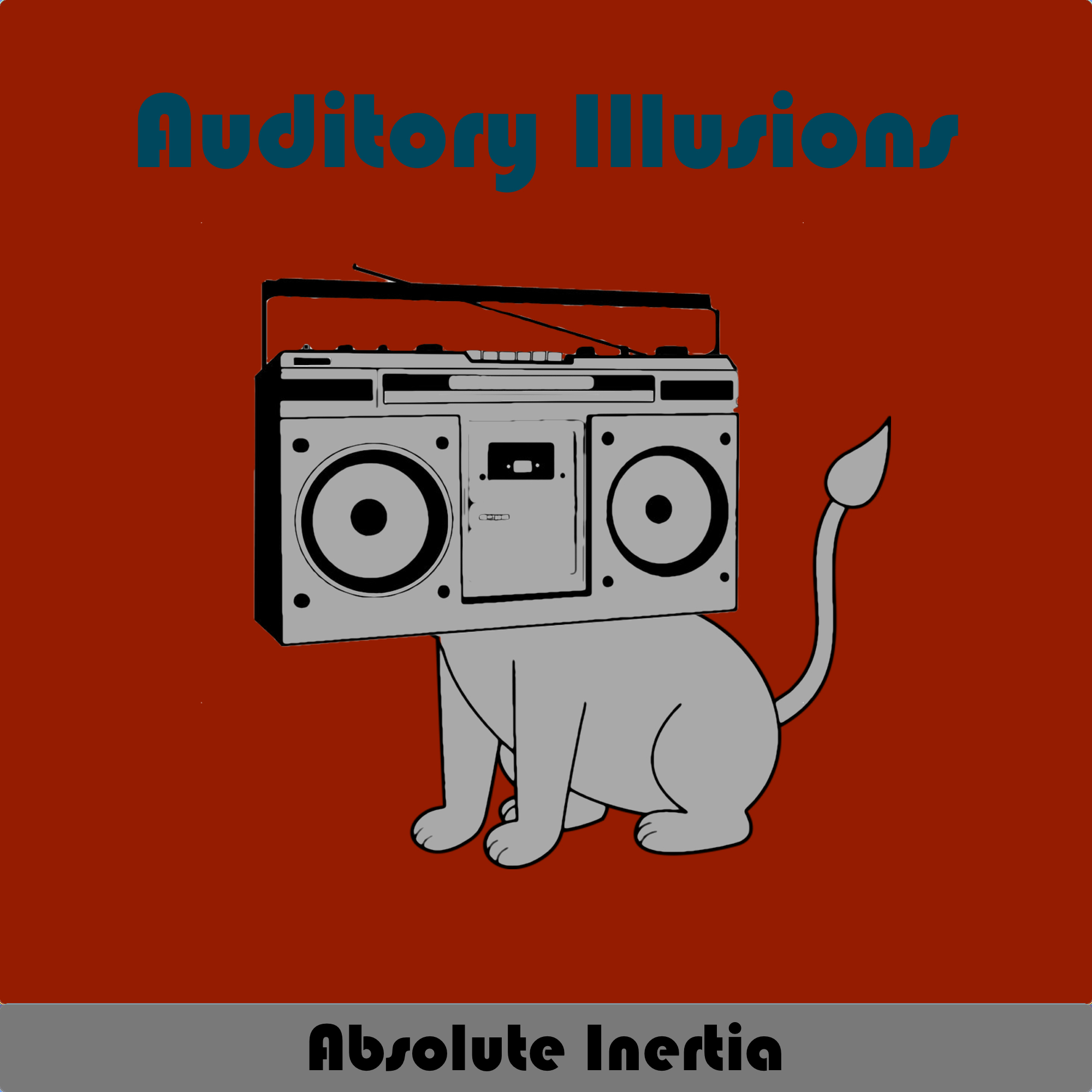


Reflecting on this body of research, we can gain a general understanding of illusions that take place in VR. Meanwhile, in the intervening decades, the original hypotheses have been refined and empirically formalized by the scientific community ( Blascovich et al., 2002 Tarr and Warren, 2002 Sanchez-Vives and Slater, 2005 Yee et al., 2009 Bohil et al., 2011 Fox et al., 2012). VPL Research provided initial VR instrumentation for many laboratories and pioneered a school of thought that described some of the many possibilities of avatars and VR for social and somatic interactions ( Blanchard et al., 1990). This work occurred in the context of a 1980s technology startup (VPL Research), and while results were reported in the popular press ( Lanier, 2001) and anecdotally, the context was not one in which rigorous experiments were undertaken, nor was research peer reviewed ( Lanier, 1990). One of the authors (Lanier) lead the team that implemented the first experiences with avatars and social virtual reality (VR) ( Lanier et al., 1988 Blanchard et al., 1990). Ivan Sutherland, it wasn't until later that the first devices became available. In that regard, despite the initial concept of VR was formulated in the 1960s by Dr. It is the manufacturing of devices that popularizes the technologies, making it available for others. The phantom limb is a tactile illusion wherein the patient still 'feels' pain on the leg, arm, or digit that has already been removed.As it is the case with many technologies, the beginnings of VR are closely linked to industry and startups. While optical and auditory illusions are common manifestations of several psychological disorders such as schizophrenia and psychosis, tactile illusion is experienced by patients who have undergone amputation.

There are also auditory illusions that come from "impossible sounds", such as hearing a missing fundamental frequency, provided that there are other portions of the harmonic series, and different psychoacoustic tricks of lossy audio compression. These sounds are usually those that are not really present in the physical stimulus, but is heard by the ears and perceived as a sound related to the stimulus in the environment. While optical illusions deceive the eyes through visual images, auditory illusions mislead the ears through sounds. Necker cube – an impossible cube with edges that are apparently solid beams.Hermann Grid Illusion – ghost-like grey blobs appear in the middle of the black squares on a white background.Ebbinghaus illusion - an illusion related to relative size perception.



 0 kommentar(er)
0 kommentar(er)
